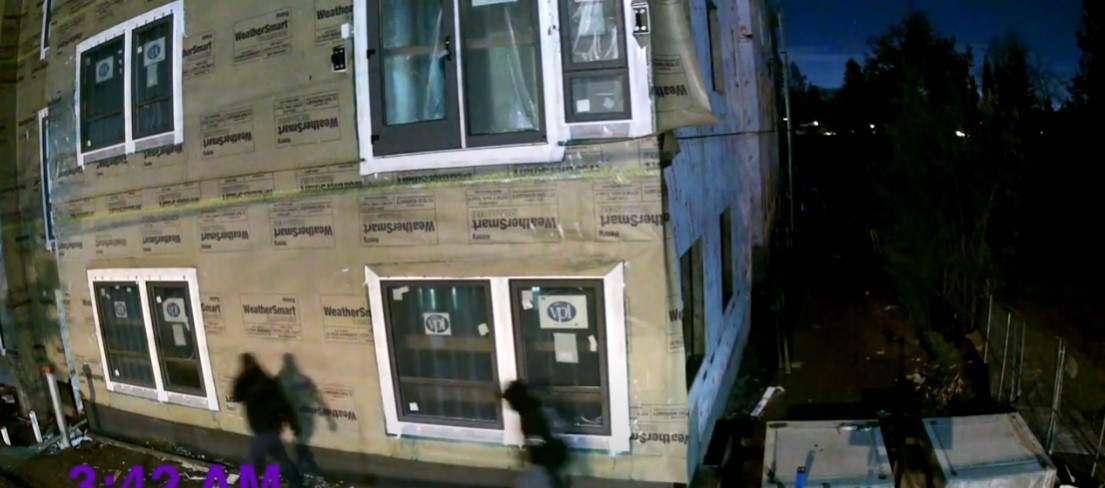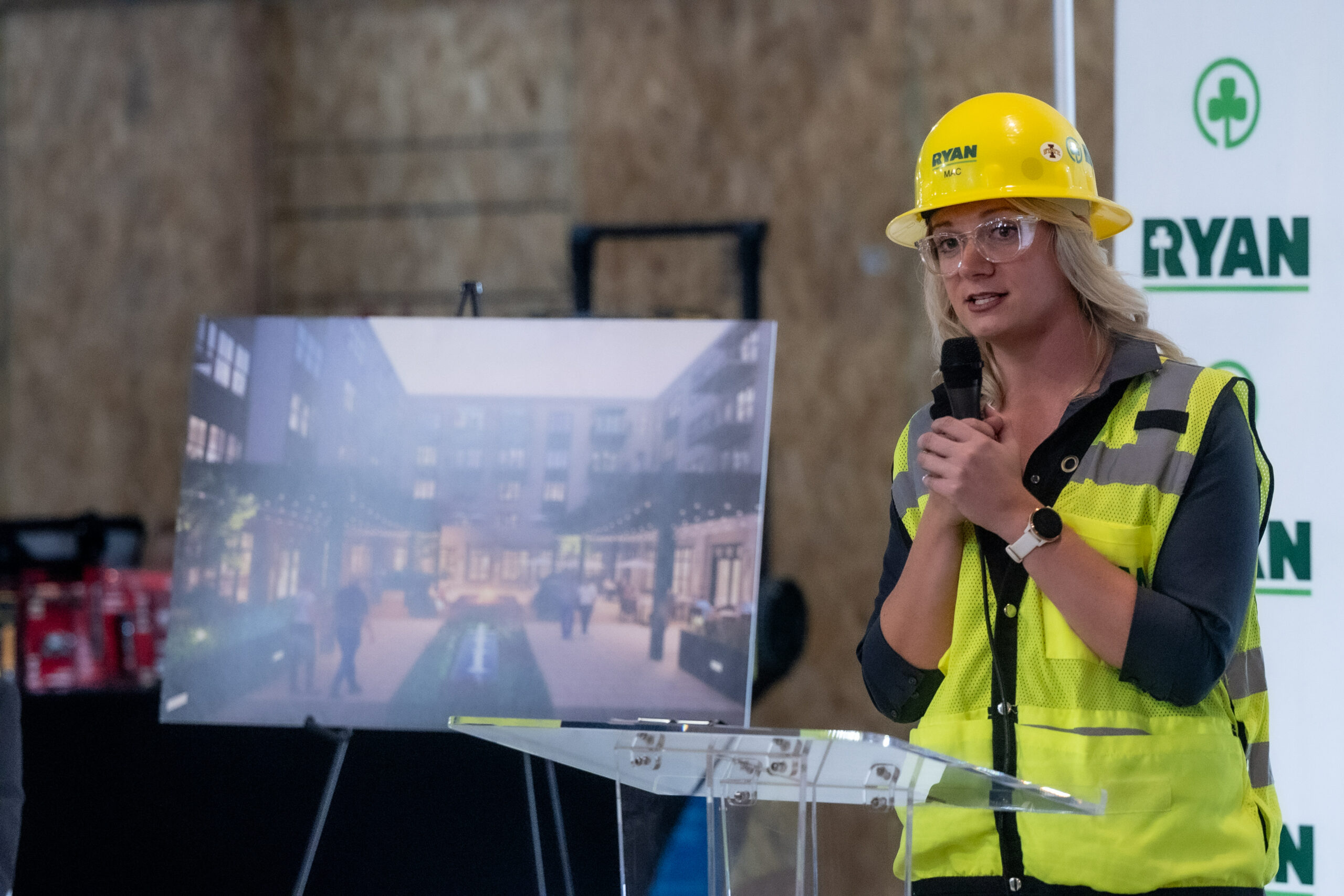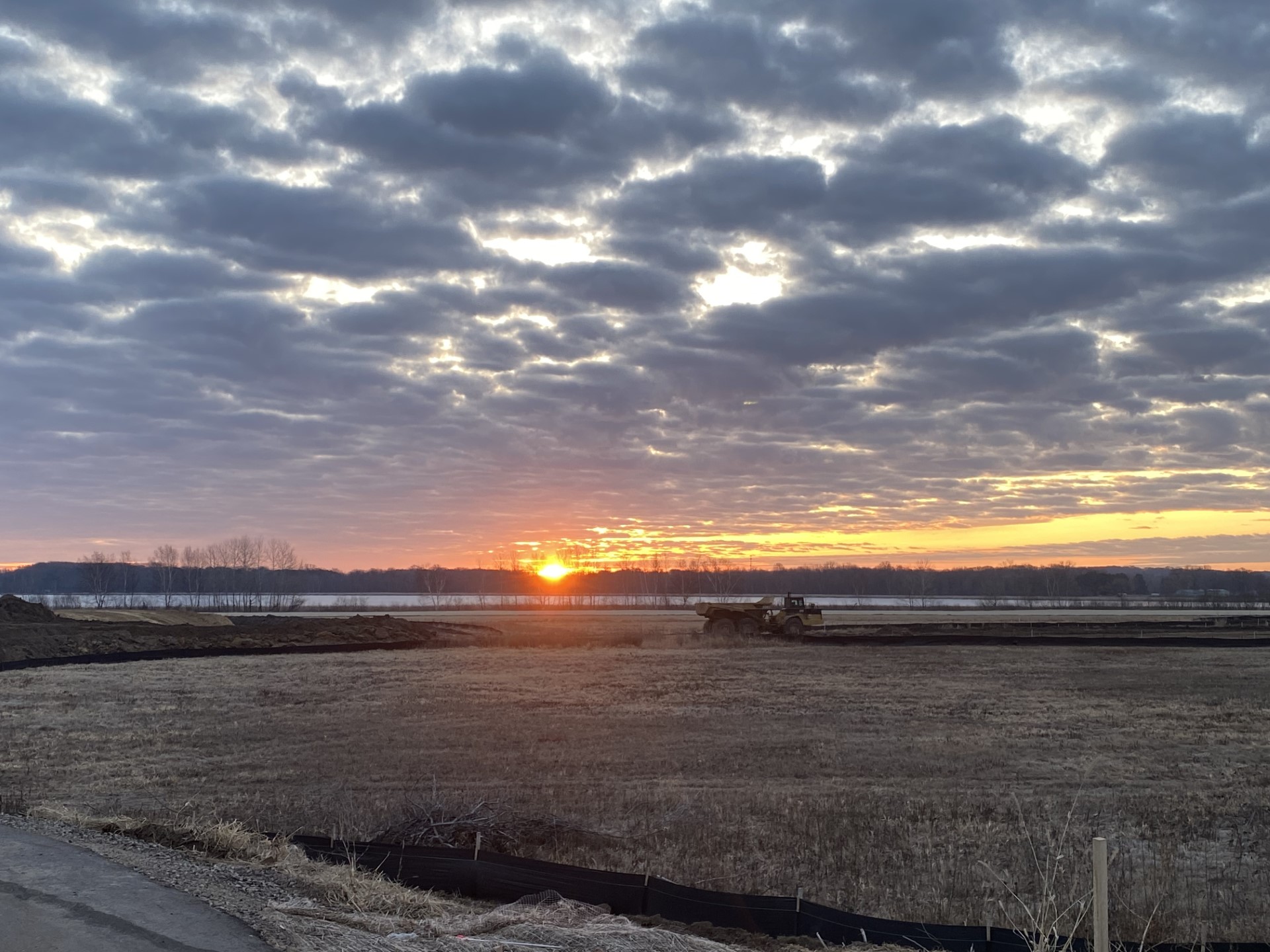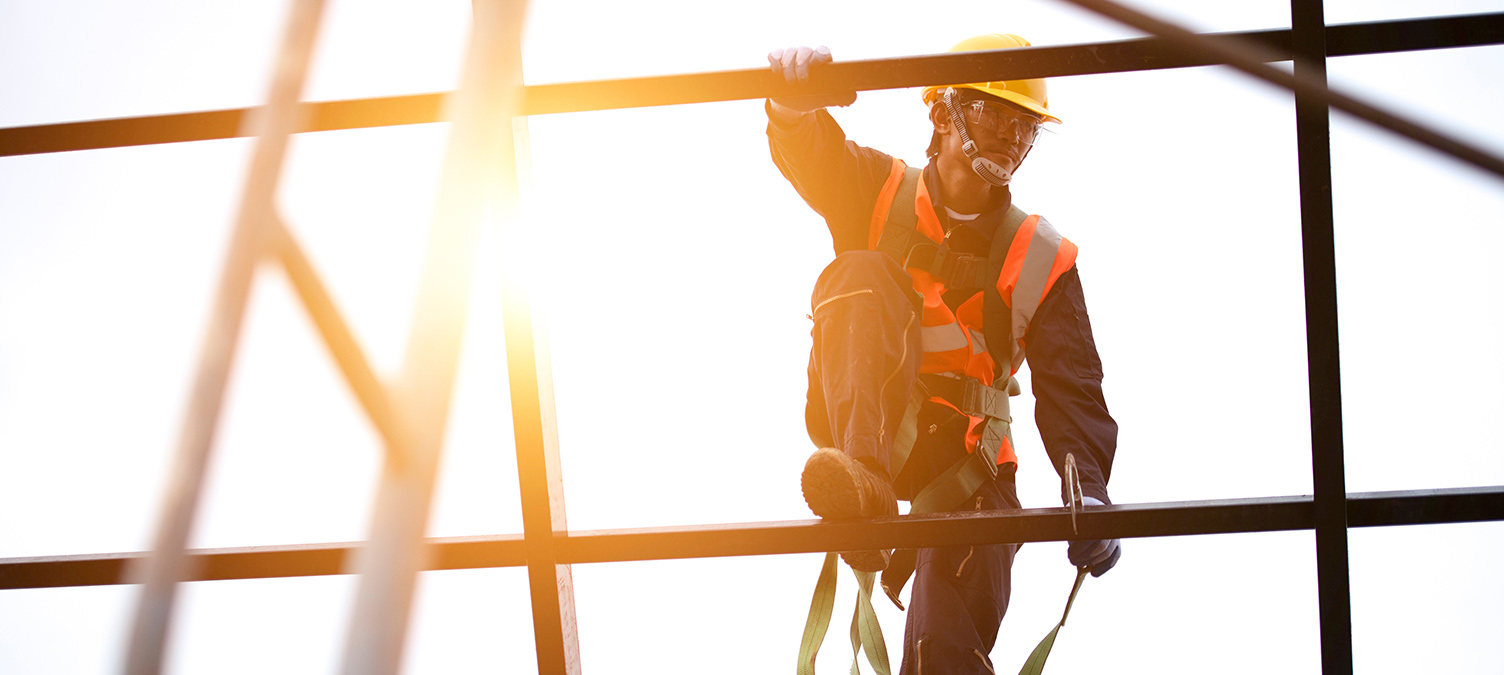Achieving diversity in the workplace is an important goal for many businesses, but for the construction industry, it’s been a struggle to create opportunities for women. A recent Bureau of Labor Statistics report revealed that might change quickly.
Some quick facts about the growth of women in the construction industry:
- As of August, 14% of all construction workers were women, an analysis from The Washington Post found.
- October 2009, when they made up 13.5% of workers, was the previous high for women in construction.
- Hispanic women have largely contributed to the growth (an increase of 117% over the last six years).
Since 2016, the share of women in construction has surged and is currently enjoying an all-time high. Partly due to fewer men entering the workforce, as well as issues with the pandemic, but the net result is an increase in the number of women finding work in various aspects of the industry.
Change is Coming
While the industry has changed significantly in recent years, it is in the makeup of the workforce where positive changes are now being seen.
“I’ve been in and around the construction industry for over 20 years and in that time, I’ve seen dramatic changes in not only the number of women in construction but also the jobs they hold,” said Sheila Hoff, Customer Success Manager for SiteKick Technologies, after a recent discussion on this topic held at Groundbreak 2022.
Our nation’s capital has seen a larger increase of women in construction than any region, but Arizona and Florida weren’t far behind.
Other interesting numbers include a promising increase in the number of Hispanic women in construction jobs (an increase of 117%) and those jobs aren’t office positions but on the work site itself.
One possible reason for this influx of women into what was a traditionally male-dominated industry is the rise in demand. As with any industry relying on skilled labor or tradespeople, the construction workforce has aged, and younger people have declined to enter the trades. A shortage of skilled labor has affected many industries, but few as dramatically as the construction industry.
This is where diversity comes in. As that workforce ages out, the industry will have to attract an entirely different population to fill open positions. This will also require reaching out to groups not traditionally looking toward work in the construction industry.
To ensure the growth of women in the construction industry experts say employers should actively work toward increasing diversity in hiring and focus on inclusion and safety. This means actively pursuing women for construction roles as well as more outreach to convince women to view construction as a viable long-term career option. This includes inclusive language on job postings and employee materials. It is as important how you communicate these diversity goals as it is to leverage the experiences and knowledge of women already in the construction industry.
“As women continue to find their voice and apply their strengths, I’m excited to see where it takes us,” said Hoff about the future of women in construction.
Stay Tuned for More on this Topic
Over the next few months, we’ll explore how women are making an impact in the construction industry and what construction businesses can do to create new opportunities for women going forward. If you’re interested in learning more about women in construction, please join us on our journey as we discover how they are transforming the industry.








